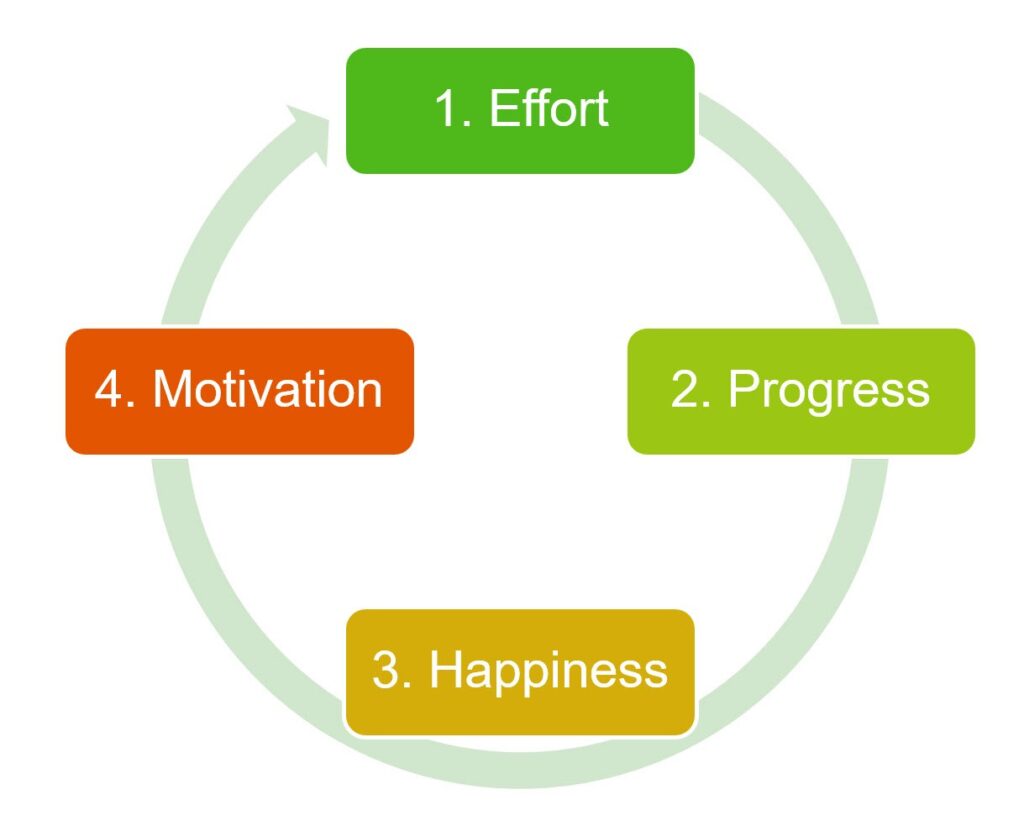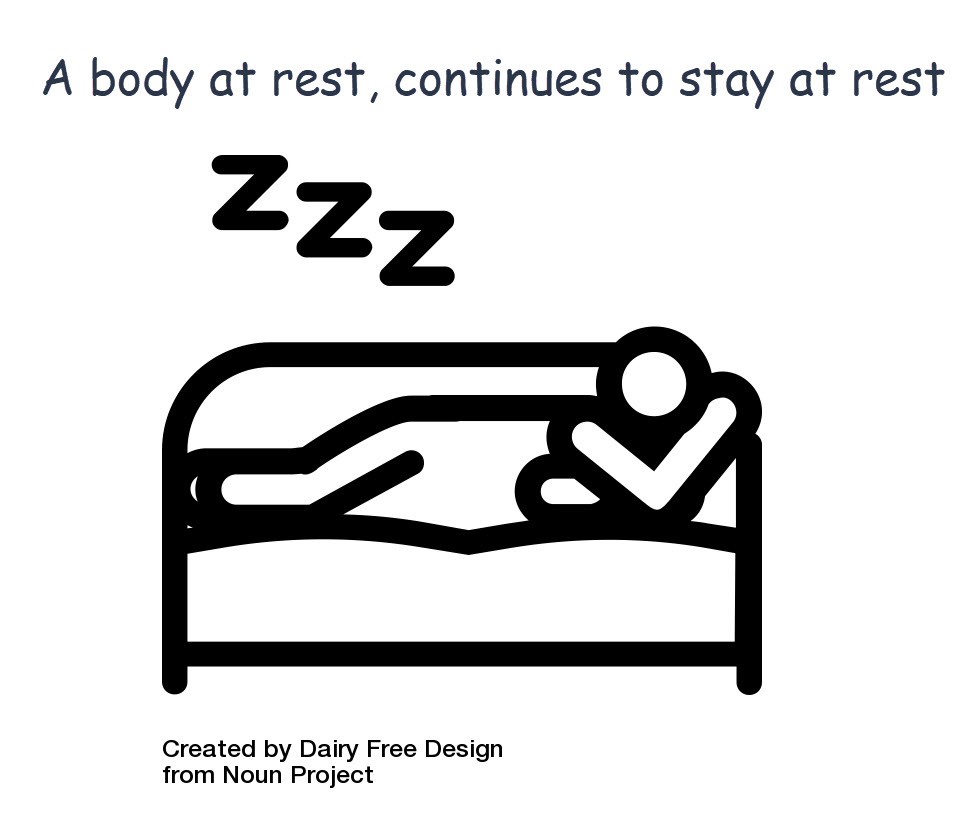Starting Small may be one of the most powerful ideas related to Motivation, Productivity and Getting Things Done
Here are 4 arguments why starting small is the best productivity advice you need today
Argument #1 – Getting Things Done – GTD
David Allen talks about the idea of Next action being clearly defined.. Your next action is not “Mom” or “Mom Birthday” it is “Call the bakery to order Mom’s birthday cake”.
Small, clearly defined and precise next action is much more likely to get done.
A big reason why we procrastinate is that we haven’t defined the immediate next step clearly and your brain – being lazy – is trying to avoid the effort required to determine that.
Argument #2 – Fogg Behavioral Model
Well, if David Allen’s argument isn’t good enough for you… Then let BJ Fogg convince you with his behavior model.
His formula, B = MAP explains that Behavior = Motivation * Ability * Prompt
In order to be above the Action Line, you either need to have very high motivation or the task has to be easy to do. While you can’t always control your motivation as it comes and goes, you can break down and simplify the task to reduce require ability and move yourself above the action line. Thus, using “Start small” you can trick yourself into action

Argument #3 – Motivation Myth
Further, on the idea related to motivation. In his Ted talk and his book The Motivation Myth – Jeff Haden says that we may have this idea about the Motivation wrong.. We think that motivation will strike and we’ll take action, but that doesn’t always have to be the case. You can create motivation through this loop -> Effort -> Progress -> Feeling Happy -> Motivation.

So, if your starting point is effort, defining the smallest possible step in the right direction is your best bet to actually get going.
You can listen to the 7-min Ted talk here.
Argument #4 – Physics – Newton’s laws of motion –
If none of the arguments above could convince you, hopefully Physics can do the trick. You can’t argue with Newton after all..
A basic revision of Newton’s 1st and 2nd laws of motion
1st Law – An object at rest remains at rest, and an object in motion remains in motion at constant speed and in a straight line unless acted on by an unbalanced force

2nd Law – The acceleration of an object depends on the mass of the object and the amount of force applied or F = ma
Once something is in motion, it doesn’t require as much energy to keep on going. Energy is required in getting started. And of course, the energy required to move is determined by the mass of the object F = ma.
If you were to apply this idea to a project that you want to start on, the Force required to get started is dependent on the mass / size of the project. Starting small will ensure that the energy required to start moving is small and something you can manage, increasing the likelihood of taking action. The bigger the immediate next task the more likely you are to procrastinate.
Once you are in motion, may be after you have put in 15-mins to get the project going, you’ll find it much easier to continue going for another 30-mins or an hour, thanks to the first law of motion.
TLDR
So in summary, if there’s something that you want to get done – define what the simplest/smallest version of that project would be and take action.